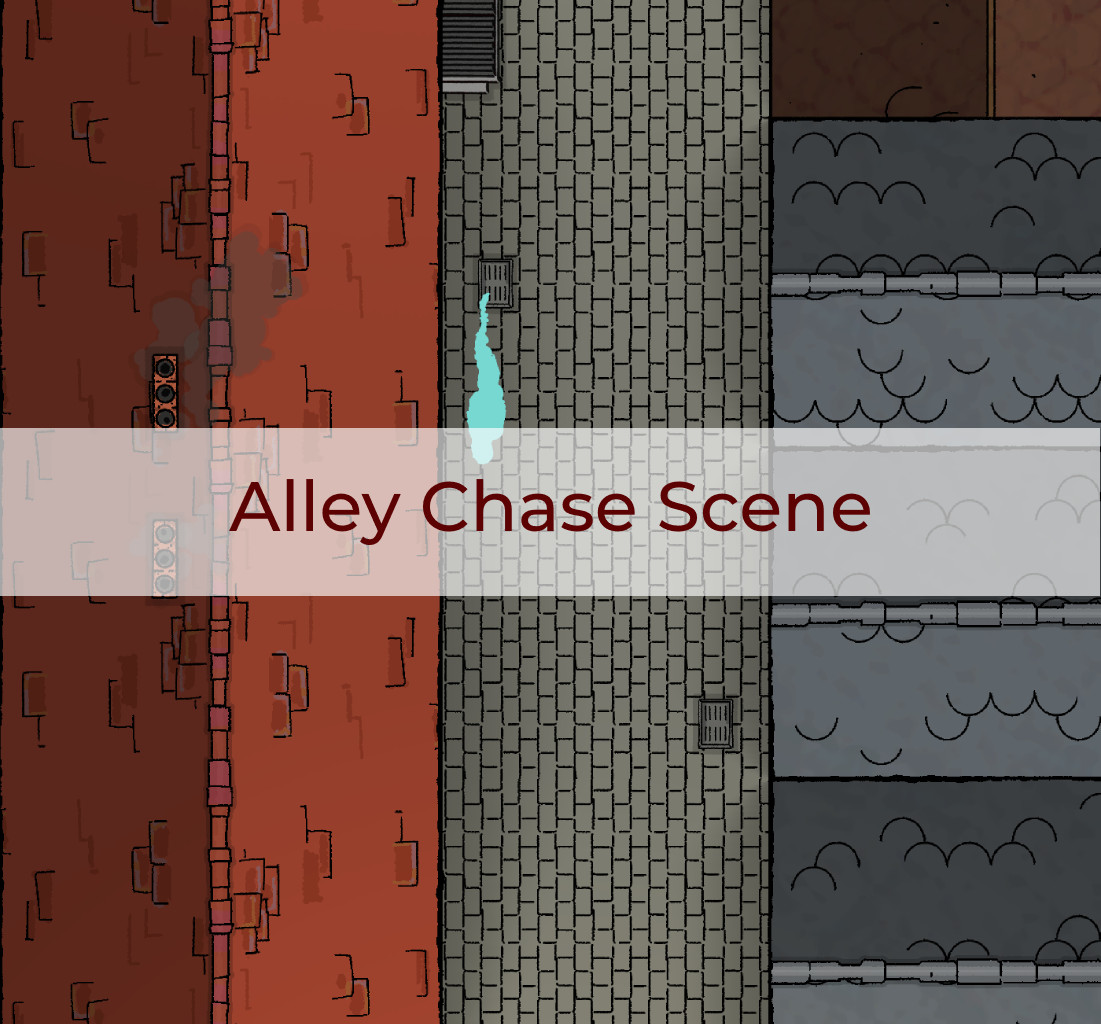Why do the alleyways stretch beyond their physical limits? What makes the shadows move faster than their casters? How do the walls shift to block escape routes? Why do the footsteps echo from impossible directions? What causes the dead ends to appear where none existed?
Follow Cthulhu Architect on BlueSky!“They’re gone. I let them chase me. I led them like a sunbeam and vanished like a shadow.”
― Erin Bow, Plain Kate
Marcus’s lungs burned as he plunged deeper into the labyrinthine network of back alleys, his dress shoes slipping on the slick cobblestones. The thing behind him—he refused to think of it as human anymore—matched his pace with an awful, rhythmic scraping that echoed off the brick walls.
He’d made the mistake of following the antiquarian into that basement bookshop, drawn by promises of rare manuscripts. What he’d found instead defied comprehension: flesh that moved like liquid, eyes that multiplied and divided, and a voice that spoke in harmonies no human throat could produce.
The alley forked ahead. Marcus chose left, then immediately regretted it as the walls seemed to press closer, as if the architecture itself was alive and hungry. Behind him, that scraping sound had become a wet sliding, accompanied by a low humming that made his teeth ache.
A door appeared in the brick wall—impossible, as he’d run this way countless times before. But desperation overrode logic. Marcus grabbed the iron handle and pulled.
The door opened onto another alley, identical to the one behind him. And there, waiting with that terrible patient smile, stood the antiquarian. All of him. In every direction Marcus could see.
“The books,” it said in voices like breaking glass, “choose their own readers.”
Marcus understood then that he’d never been chasing escape. He’d been running toward an appointment that had been made long before he was born, in a shop that existed in the spaces between spaces, selling knowledge that rewrote the very nature of pursuit and flight.
The alley walls began to breathe.






